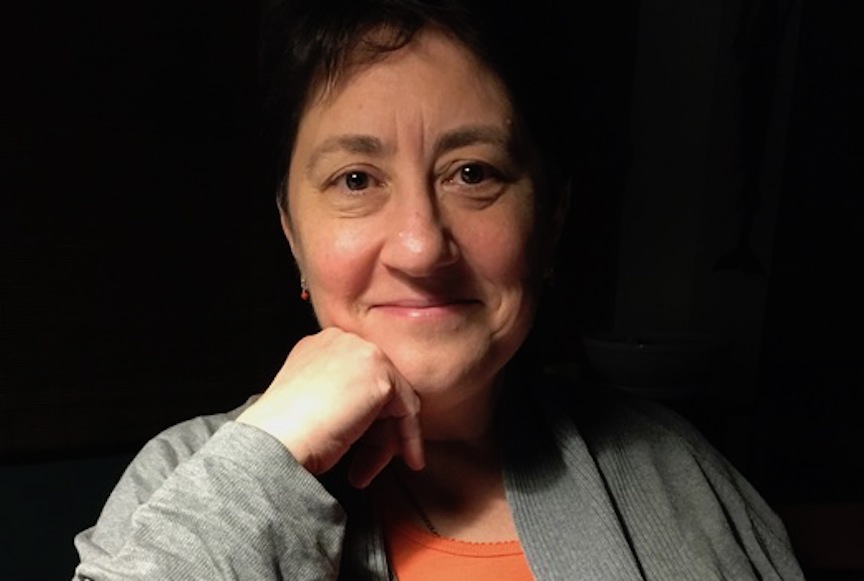 Kristine Polisciano Gonzalez
Kristine Polisciano Gonzalez
Kristine Polisciano Gonzalez is a teacher at the New York Presbyterian Brooklyn Methodist Hospital. Her job title is straight-forward: a teacher who provides instruction and school-work assistance to school-aged children who are hospitalized.
Gonzalez, a 32-year veteran educator, helps her young patients stay up to date on their school work; plans lessons and materials for different age groups and skill levels; and serves as a go-between for the patient and the school. Her goal is two fold: to keep students academically current and “normalize” their day.
“A hospital can be such a strange environment for children and young people—it can be really isolating,” she says. “What we want is to normalize their experience, and give them the opportunity to learn, play, and cope with their medical condition.”
Gonzalez’s day is full. Every morning she checks on her students—ages four to 21—and determines their needs. If patients are able to leave the bed, Gonzalez will conduct class in a small group setting. If not, she’ll take her rolling chair, dry erase board and manipulatives, and conduct the lesson at the student’s bedside. A rolling chair helps to quickly make way for parents, nurses, and doctors.
Teaching at a hospital can be “heartbreaking” work, says Gonzalez. Some students have debilitating conditions, such as Sickle Cell Disease, a lifelong ailment in which abnormal hemoglobin changes red blood cells into an inflexible sickle shape. This hinders the passage of oxygen to tissue, causing intense pain and sometimes organ damage.
Despite the scary stigma a hospital may have for some children and young people, Gonzalez does experience happy moments.
“Making kids smile, laugh, and forget they’re sick is one of those moments,” she says. At times, she’s even able to go the extra mile for her students.
Last year, a teenage student missed her school’s prom because of a Sickle Cell crisis.
Gonzalez took action and called the principal of her son’s school to ask if they had room at their prom for this young lady who had already bought a dress and rented a limo. The principal said, “Yes.”
“These are some of the things you’re able to do for kids and hopefully make up for the things that they’re losing out on,” Gonzalez says.
_______________________________________________
Support students and teachers at New York City Hospital Schools. Give to a project today!








